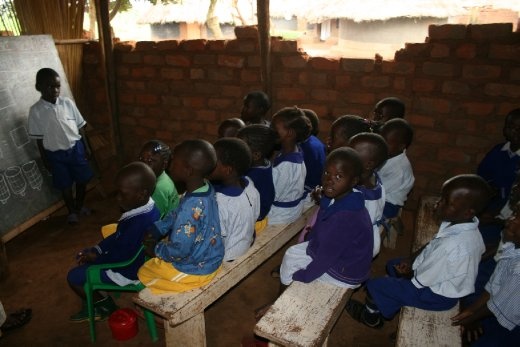
Barriers regarding diversity and access to early childhood programs have contributed to my personal and professional goals. Research has lead me to understand that providing an atmosphere where every child and family feels welcome, regardless or race, religion, nationality, or language spoken is a difficult task as language barriers can contribute to limited accessibility to early childhood programs, and lack of inclusion can deter families from providing their children with the opportunity to join early childhood programs. The copious amount of information has reinforced my goal to open an all inclusive preschool that accepts diverse students. It has, however, made me more apprehensive in my approach to teaching, which is in some ways restricting in activities and communication with children and families, as I feel I need to be more wary of different needs and norms. Researching issues related to poverty have narrowed my scope of objectives. Previously, I aimed to work in third world countries, providing early childhood education to children who do not have easy access and resources for education. However, as I have gained more information about low income effects in areas across many countries, I aim to initially start of locally by providing educational support to families who are unable to obtain high quality education easily and move on to my worldwide objective at a later date.
Professionals working with children should aim to take on the role of advocating for children by recognizing the rights of all children and by trying to proactively change systems, policies and individuals. In order to improve international awareness regarding issues and trends in early childhood, seminars can be held to discuss these various topics (subsidized as monetary issues relate to certain teachers) and, therefore, improve teachers' knowledge and attitudes toward cultural diversity as they are powerful determinants of learning opportunities and outcomes which helps facilitate academic achievement.



